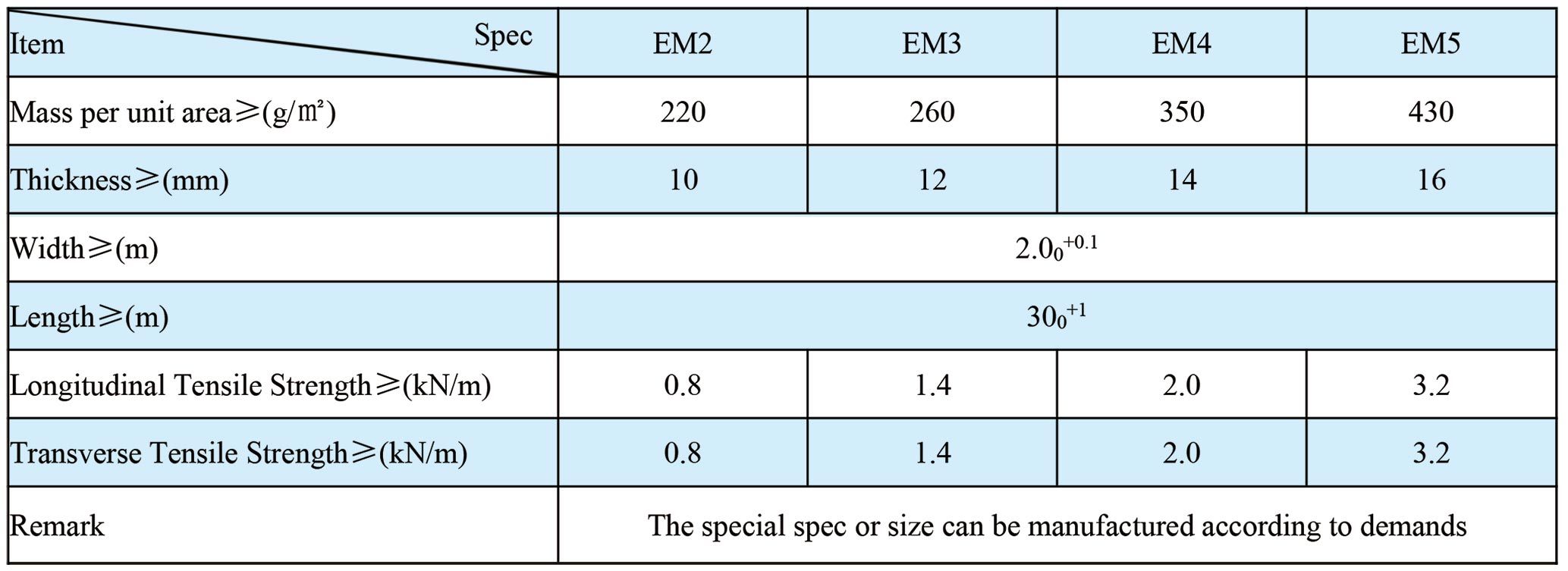
3D Geomat (Three Dimensional Erosion Control Mat)
3D Geomat is a new material with three-dimensional structure, which is suitable for slope protection and soil and water conservation.
Message
Details
3D Geomat is a new material with three-dimensional structure, which is suitable for slope protection and soil and water conservation.
♦ Features
It has good tensile strength, good flexibility and aging resistance.
♦ Application
1. Before the greensward grows, it prevents the surface of the land from the erosion of the wind and rain.
2. Forming compound protection layer with the plant, standing the wash-out of the high water level and high speed current.
3. Replacing the concrete, asphalt, and block, using in the slope surface protection of roadway, railway, riverway, dyke, and the hillside, etc.

♦ 3D Geomat( Three Dimensional Erosion Control Mat) Properties

previous page
next page
Uniaxial geogrid, made of high molecular polymer, is extruded into sheet and then punched into regular mesh pattern,and finally stretched in the longitudinal direction.
PP biaxial geogrid is manufactured from PP, it is produced through the process of extruding, punching, heating, longitudinal and transverse stretching.
Fiberglass geogrid is knitted by glass fiber filaments and coated with bitumen to provide a good bond with the asphalt layers, can strengthen the asphalt layer, extend the service life of pavement layers and decrease the occurrence rate of reflective cracking under cyclic traffic load.
Polyester geogrid is made of high strength polyester industrial yarnjt is warp knitted and coated with PVC.lt can be applied to soft soil foundation treatment and reinforcement of subgrade,dam and other projects,so as to improve project quality and reduce project cost.
Multiaxial Geogrid is one kind of plastic geogrid with a stable network structure formed by extruding, punching, and four-direction stretching.
PP Mining geogrid is made of modified polypropylene and other high molecular polymers by extrusion and stretching.
